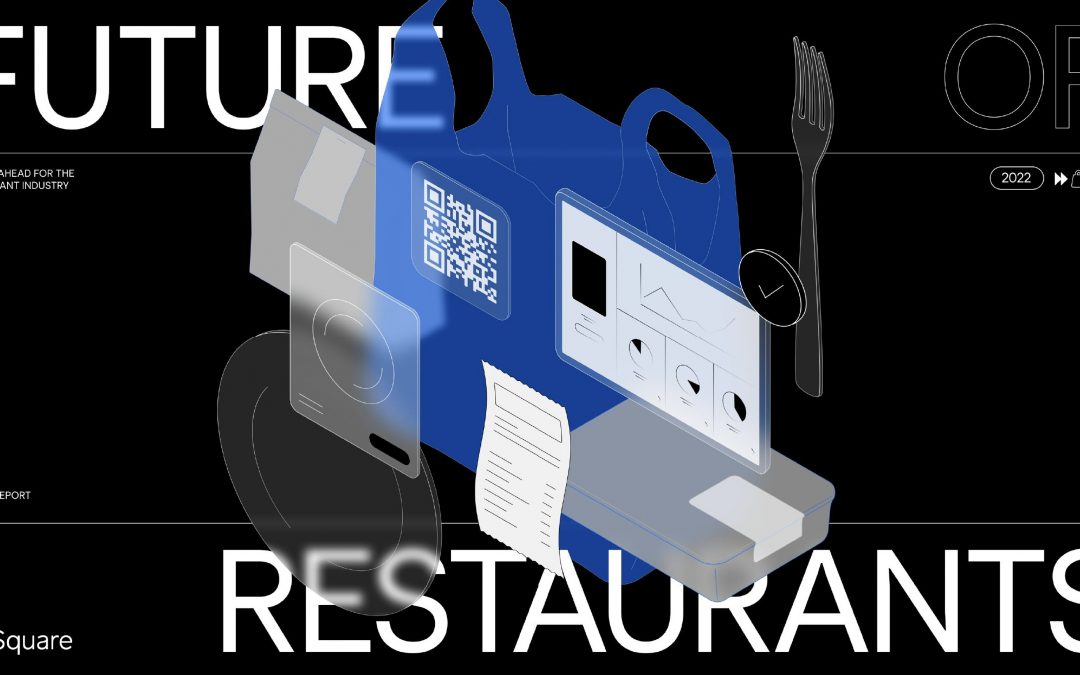“I think [restaurants] have been in a staffing crisis for over a decade,” said Lauren Bailey, CEO of Upward Projects, a Phoenix-based restaurant group. The staffing crisis was made more acute by the COVID-19 pandemic and resulting relief efforts, even as it forced restaurants to offer more services.
Those services aren’t going away. In all, 69 percent of restaurants said they plan to continue offering online ordering while 62 percent said they would offer third-party delivery. Those services can complicate the order-intake process and create operational load while others, such as first-party delivery and curbside pickup, come with built-in labor needs.
Many restaurants look towards automation to plug the gap. According to the report, “90 percent of restaurants agree that increased automation for back-of-house operations would allow staff to focus on more important tasks.”
“A key value prop of automation in this context is that it gives restaurants the flexibility to run their business in the way that works best for them and their staff,” said Bryan Solar, head of restaurants at Square. “No two restaurants are alike and as anyone in the restaurant business knows, every day, week or year can present a new and different challenge.”
The 90 percent figure corresponds with Square’s 2021 future of restaurants report, which claimed that “91 percent of restaurants have or plan to invest in automation technology.
It also corresponds with Jon Taffer’s address at the Restaurant Finance and Development Conference, where he called on restaurateurs to automate their kitchens and invest the savings in new customer-facing roles. “Attacking the front of house with technology eliminates connectivity,” he said.
Taffer’s restaurant concept, Taffer’s Tavern, uses sous-vide meat and combi ovens to accelerate the cooking process. As a result, he said his kitchens can operate with a staff of just two or three, rather than the casual dining average of six or more.
That sentiment is not equal across segments. According to the report, 79 percent of consumers said they preferred to order from online kiosks, falling to 45 percent for casual dining and 21 percent for fine dining. Some 33 percent of respondents said that digital kiosks make it easier to browse the menu, and it’s certainly easier than browsing the big menu boards that are common in fast-casual concepts.
As digital ordering kiosks become more common, dynamic pricing may not be far behind. Rapidly adjusting menu prices would allow restaurants to better contend with the fluctuating food prices we’ve seen over the past two years. According to the report, 77 percent of customers said they “would understand if their favorite local restaurants raised prices,” although that compassion may not extend to larger chains.
Digital payments are also on the menu. Ninety four percent of restaurants said they offer contactless payment options, while 52 percent said they intend to offer tableside payment options, with either pay-at-table devices or QR codes. In addition to saving servers time, such devices give customers more control over their dining experience. A total of 23 percent of surveyed customers said they preferred to pay tableside.
Restaurants are also leveraging their digital capacities to engage with customers. In all, 41 percent of restaurants said they added or improved their loyalty programs, while 42 percent said they added or expanded their marketing efforts. Those figures are spot-on from last year when 41 percent of restaurants said they planned to add or expand their loyalty offering.
Community involvement paid off during the pandemic. A majority of restaurants reported increased visit frequency from existing customers and an uptick in new customers, while 49 percent said customers supported the restaurant through gift card purchases. Ninety-two percent of restaurants said they plan to do more community engagement.
In conjunction with that support, restaurants found new ways to be a part of their customers’ lives. Overall, 44 percent of restaurants said they would offer memberships or subscriptions, 42 percent said they would offer retail products and 25 percent said they would offer cooking classes. For example, Upward Projects recently launched “Wine Cult,” a quarterly wine subscription service. To drive restaurant revenue, Bailey said subscribers will receive a “monthly hookup for the restaurant,” redeemable for food, drinks and experiences.
Restaurants with such non-core revenue streams reported earning 17 percent of their revenue from such streams. Forty-four percent of customers reported buying something from a restaurant that wasn’t a typical meal, slightly below the 59 percent of consumers who said they were willing to buy a non-meal item from a restaurant in 2021. SQ_FoC2022_Restaurants_LoSQ_FoC2022_Restaurants_Lo


